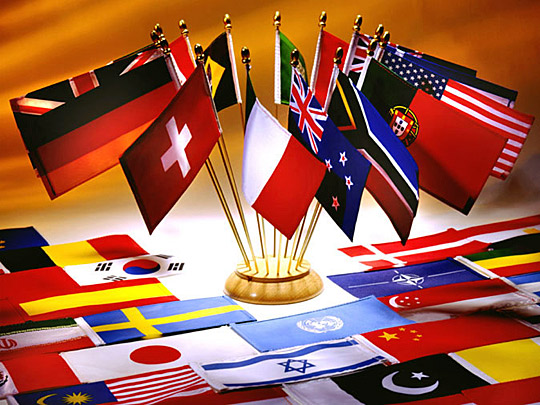MNC’s face a lot of problem related to pricing for their products abroad. They must deal with price escalation, transfer prices, dumping charges and gray markets. The Co’s however can adopt different pricing strategies such as:-
- Setting a uniform price everywhere.
- Set a market based price in each country: According to the affordability for consumers in each country.
- Set a cost-based price-a standard mark-up of its cost everywhere.
Another problem arises when a co. sets a transfer price for goods it ships to its foreign subsidiaries. Sometimes it mat have to face dumping charges and other times it has to pay high tariff duties. Place (Distribution):
| Seller | Seller’s Intl. | Channels | Channels within | Final Buyers | ||||
| Markt. HQ | between nations | foreign nations | ||||||
A seller should pay attention to how the product moves within the foreign country.
- Seller’s international market HQ ie the export deptt. Or international division makes decisions on channels and other marketing mix elements.
- Channels between nations:- gets the products to borders of foreign nations (agents, trading cos.) that are used, the type of transportation and financing and risk etc.
- The third link, channels with foreign nations, gets the products from their foreign entry point to find buyers. The channels vary from one to another country. These differences occur in the types and nos. Another differences is in the size and character of retail units abroad for eg. US has malls & marts whereas India has millions of tiny shops. Breaking bulk seminars the primary function of intermediaries and helps penetrate the long channels of distribution.
Thus Cos’ going for international marketing mix depending upon the local needs and availability.




12 Comments